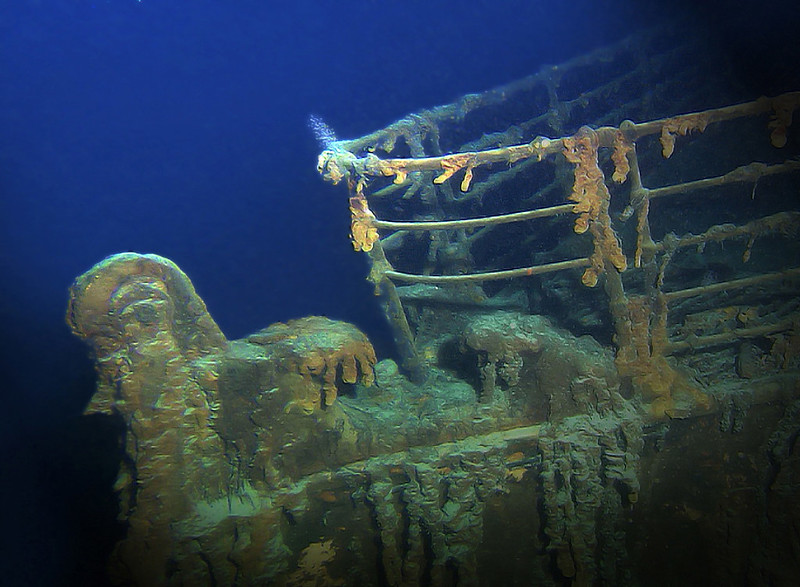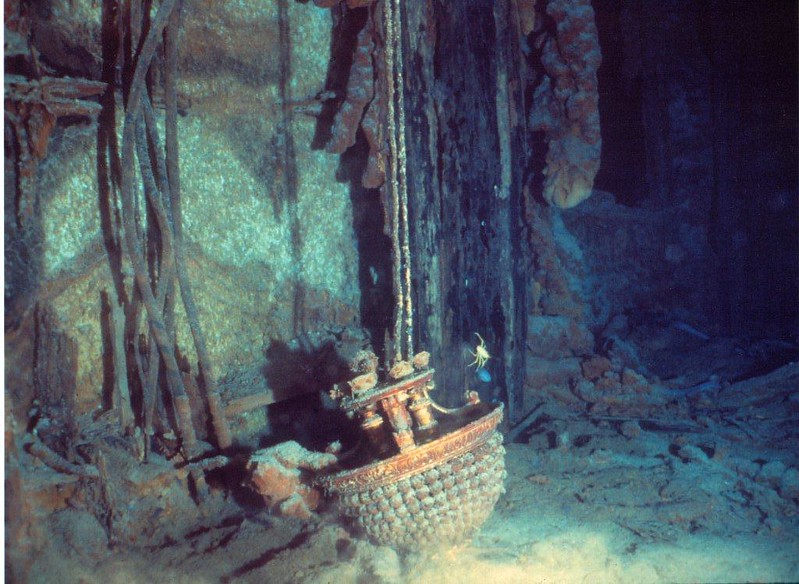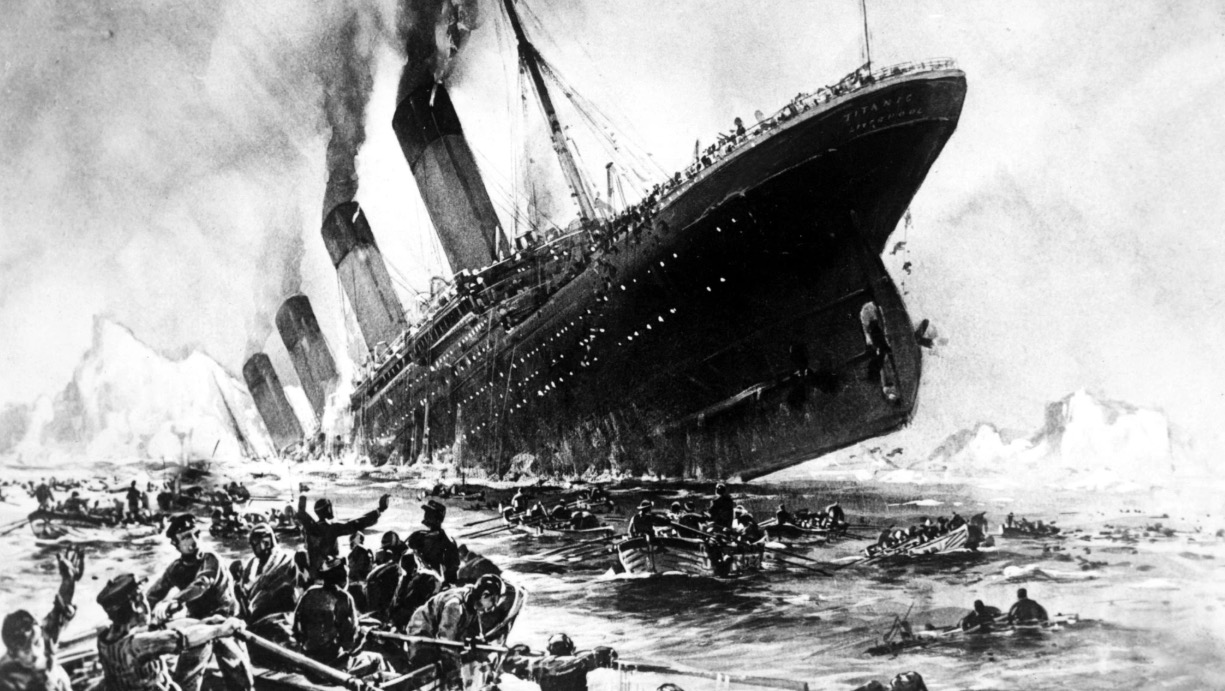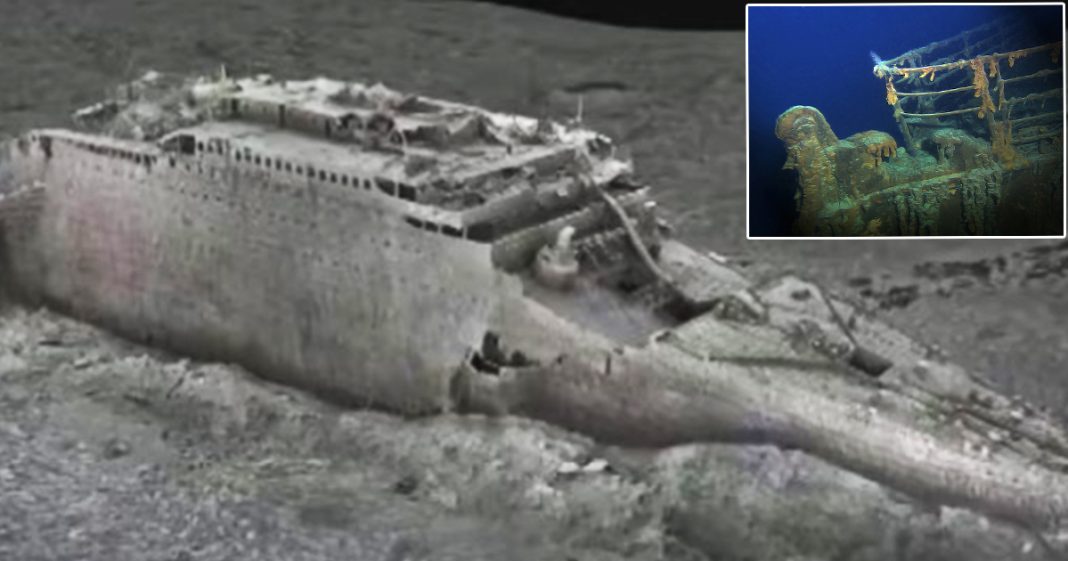The Enduring Mystery of the RMS Titanic: Where Are the Bodies?
The tragic sinking of the RMS Titanic on April 15, 1912, remains one of the most catastrophic maritime disasters in history and continues to intrigue people a century later. On its ill-fated maiden journey from Southampton to New York City, this so-called “unsinkable” ship collided with an iceberg, leading to the loss of over 1,500 lives, including passengers and crew members. Despite the enormous loss of life, a perplexing question lingers: why were so few bodies recovered from the wreckage, even after extensive searches? This question has haunted historians, explorers, and families of the victims for over a century, adding layers to the tragic narrative of the Titanic.
After decades of speculation and failed attempts to locate the wreck, the Titanic’s final resting place was discovered on September 1, 1985, lying more than 12,000 feet beneath the surface of the Atlantic Ocean. The deep-sea explorer Robert Ballard led the expedition that finally located the ship approximately 400 miles off the coast of Newfoundland, Canada. His method of following debris trails, which he had previously employed in locating the Scorpion, a nuclear submarine that sank in 1968, proved successful. For Ballard, the moment he laid eyes on the legendary liner was both awe-inspiring and solemn. He later remarked, “We made a promise to never take anything from that ship and to treat it with great respect,” as he understood the profound significance of the wreck.

Upon the discovery of the Titanic, it became clear that the ship had split in two, with the bow section surprisingly intact, showing preserved interiors despite being submerged for over 70 years. A vast debris field, measuring approximately 5 by 3 miles, surrounded the wreck, containing thousands of objects that once belonged to passengers who tragically never made it off the ship. However, the haunting absence of human remains amidst this extensive collection raised many eyebrows, posing an unsettling question: where did all the bodies go? This mystery only deepened as the exploration of the wreck progressed.
Out of the 337 bodies that were recovered in the aftermath of the disaster, 119 were buried at sea, while 209 were returned to Halifax for proper burial. Yet, as acclaimed filmmaker James Cameron noted, who has explored the wreck 33 times, “We’ve seen clothing. We’ve seen pairs of shoes, which would strongly suggest there was a body there at one point. But we’ve never seen any human remains.” This revelation has perplexed both scholars and laypeople alike, leading to speculation about the fateful journey of those who perished aboard the Titanic.

The truth behind the disappearance of human remains lies primarily in the extreme conditions at such profound depths. The Titanic rests in an environment that is chillingly cold, with water temperatures just above freezing and immense pressure exerted by the ocean above. Over time, the bodies of the victims have likely been consumed by bacteria and marine life, leaving behind only durable items such as clothing and shoes, which are not edible to sea creatures. Robert Ballard elaborated on this phenomenon, explaining that the seawater at such depths is actually under-saturated with calcium carbonate, a crucial component of bone. Consequently, once the flesh is consumed, the bones themselves dissolve, leaving no trace of the victims.
Interestingly, the contrast between the Titanic wreck and other underwater sites, such as those in the Black Sea, highlights this phenomenon. In the Black Sea, the absence of marine scavengers allows for the preservation of remains in a mummified state. Ballard further elucidates that below a threshold depth of approximately 3,000 feet, the calcium carbonate compensation depth is surpassed, making it impossible for the bones to survive in the deep-sea ecosystem. This understanding sheds light on the eerie reality that the Titanic, like many shipwrecks, has become a part of the natural cycle of decay.

The intricate interplay between human tragedy and natural processes elicits both horror and a strange sense of comfort. Many people find solace in the idea that the remains of the Titanic’s victims were reclaimed by nature in its own way. A poignant comment made by a user online captures this sentiment: “The only comfort is that those victims were given back to nature the only way Mother Nature knows how.” This reflects a poignant understanding of life and death, even in the face of such an unfathomable tragedy.
Since its discovery, the Titanic has been visited repeatedly by scientists and explorers, and many artifacts recovered from the wreck have been showcased for public viewing. Yet, the ship itself has not been preserved in immaculate condition. Over the years, submersible expeditions have inadvertently caused damage to the wreck, while a bacteria that feeds on iron has been steadily eroding its hull. Scientists project that within the next 50 years, the Titanic’s structure may completely collapse, leaving only rust and the remnants of its once-grand interior. This looming reality serves as a poignant reminder of the inexorable passage of time.
In 2023, the wreckage of the Titanic was once again thrust into the spotlight when the Titan submersible, operated by OceanGate for tourist expeditions, tragically imploded during its descent. This incident claimed the lives of all six individuals onboard, including Stockton Rush, the pilot and co-founder of OceanGate, along with several notable adventurers. This latest tragedy serves as a stark reminder of the dangers associated with exploring the depths where the Titanic lies, a haunting echo of the past reminding us of the brutal forces of nature.
The mystery surrounding the absence of bodies from the Titanic remains a poignant reminder of the fragility of life and the overwhelming power of nature. While the wreck and its artifacts provide a glimpse into a bygone era, the enduring enigma serves to honor the lives lost, ensuring that their stories continue to resonate through time.

















